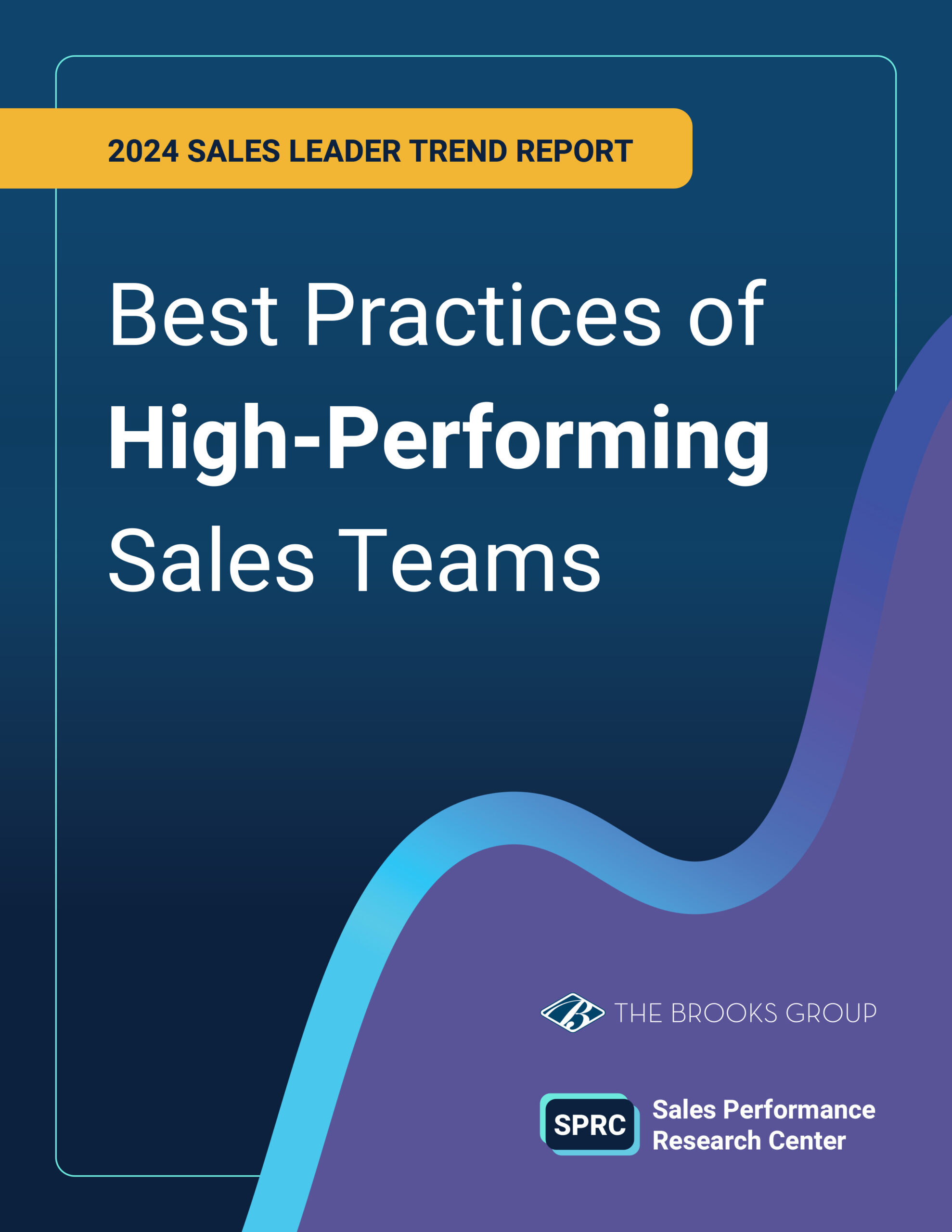Qualifying prospects is one of the selling skills every great sales professional relies on. That’s because filling your sales pipeline is a numbers game. Buyers leave the funnel for many reasons as they progress through the sales process: lack of budget, timing, or wrong fit to name a few. You’ve got to qualify many more prospects than you need.
Yet inexperienced salespeople tend to fast-forward to the pitch without properly understanding their prospects’ wants and needs. This can have significant long-term implications for both individual sales professionals and the organization as a whole.
Failure to qualify properly has a big downside. According to The Brooks Group research, almost half of underperforming teams struggle with qualifying new opportunities. And if you’re not qualifying the right people, the chances of you closing the deal shrink.
Qualifying is the top skill that underperforming sales teams struggle with:
- Qualifying new opportunities (49%)
- Differentiating against competitive offerings (35%)
- Negotiation and selling value (29%)
- Relationship building (27%)
Download a copy of 2024 Sales Leader Trend Report to learn more.
This post dives into the importance of qualifying prospects and how to improve your team’s ability to identify the right buyers.
The Downside When Your Sales Team Doesn’t Qualify Prospects Well
When your team doesn’t qualify the right prospects, they’re starting off at a disadvantage. Here are five harmful effects for your sales professionals and your organization.
Waste Time and Resources
Qualifying prospects allows sales professionals to focus their time and energy on leads that have the highest likelihood of converting into customers. Without proper qualification, sales teams may end up investing valuable resources pursuing prospects who are unlikely to buy, leading to wasted effort and decreased productivity.
Reduce Sales Efficiency
Proper qualification streamlines the sales process by identifying qualified leads and prospects early on and prioritizing them for further attention. Failure to qualify may lead to inefficiencies as sales professionals spend excessive time nurturing prospects who are not a good fit for the product or service—delaying the sales cycle and reducing overall efficiency.
Lower Win Rates
Qualified leads are more likely to have a genuine need for the product or service and the ability to make a purchase, resulting in higher win rates. Pursuing unqualified leads can result in lower win rates as sales professionals waste time on prospects who are not a good fit or who lack the necessary budget or authority to buy.
Damage Reputation and Credibility
Engaging with unqualified prospects can damage the reputation and credibility of the sales professional and the organization. If prospects feel their time is being wasted or that the salesperson does not understand their needs, they may develop negative perceptions of the company, making it more difficult to establish trust and rapport in future interactions.
Harm Long-Term Relationships
Effective qualification lays the foundation for long-term relationships with customers built on trust and mutual understanding. Failing to qualify leads can result in short-term gains at the expense of long-term relationships, as sales professionals prioritize closing deals over understanding the unique needs and preferences of the customer.
How to Improve Prospect Qualification Skills
Implementing a robust qualification process and training sales professionals to identify and prioritize qualified leads effectively can help you avoid these downsides. Here are six steps sales leaders can take to improve the prospect qualification skills of their team.
1. Assess Current Qualification Skills
Selling skills assessments reveal whether your salespeople know the best thing to do across a host of situations and sales process steps. Take advantage of skills tests, role-playing exercises, performance evaluations, and feedback sessions to rate your team’s ability to qualify.
2. Identify Areas for Improvement
Inadequate or poor qualification may be felt downstream. You may see an uptick in key indicators such as inaccurate lead qualification, difficulty overcoming objections, or failure to close deals. Find out if the root of these problems is at the top of the sales process.
3. Follow a Process
Make sure your sales professionals are following a repeatable qualification process. Implement frameworks and checklists to ensure consistency and accuracy.
4. Train on Discovery and Criteria
Emphasize the importance of thorough research, discovery, and asking open-ended questions during the qualification stage to uncover key insights and pain points. Educate your sales professionals on effective qualification criteria through ongoing sales training. Common approaches include BANT (Budget, Authority, Need, Timeline) and ANUM (Authority, Need, Urgency, Money).
5. Provide Support and Guidance
Make time for ongoing coaching around qualification skills. Offer constructive feedback and personalized development plans based on individual strengths and weaknesses. Create a supportive environment in which your sales professionals feel comfortable seeking assistance and sharing best practices with their peers.
6. Monitor Progress and Measure Success
Establish KPIs (key performance indicators) to track improvements in qualification skills over time. Regularly review performance metrics—such as win rates, deal size, and time to close—to gauge the effectiveness of skill development efforts. Celebrate milestones and achievements to reinforce positive behaviors and motivate ongoing improvement.
Prioritize Qualification Skill Development and Support
It’s not easy. Most sales teams struggle with how to qualify prospects, regardless of whether they are meeting goal or not. But prioritizing qualification skills will pay off. When your sales professionals can identify and nurture highly qualified prospects, the rest of the sales process is more productive. Don’t overlook this area of opportunity that can help differentiate your sales professionals and improve results.
Learn More: Check out our Prospecting Strategies workshop.
2024 Sales Leader Trend Report
Best Practices of High-Performing Sales Teams
What do top performing sales teams do differently? We surveyed B2B sales leaders across multiple industries at organizations to discover the answer.
In this research report, we share what the best sales teams do differently.





